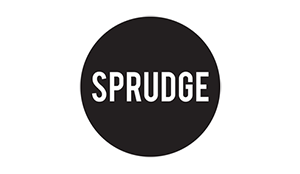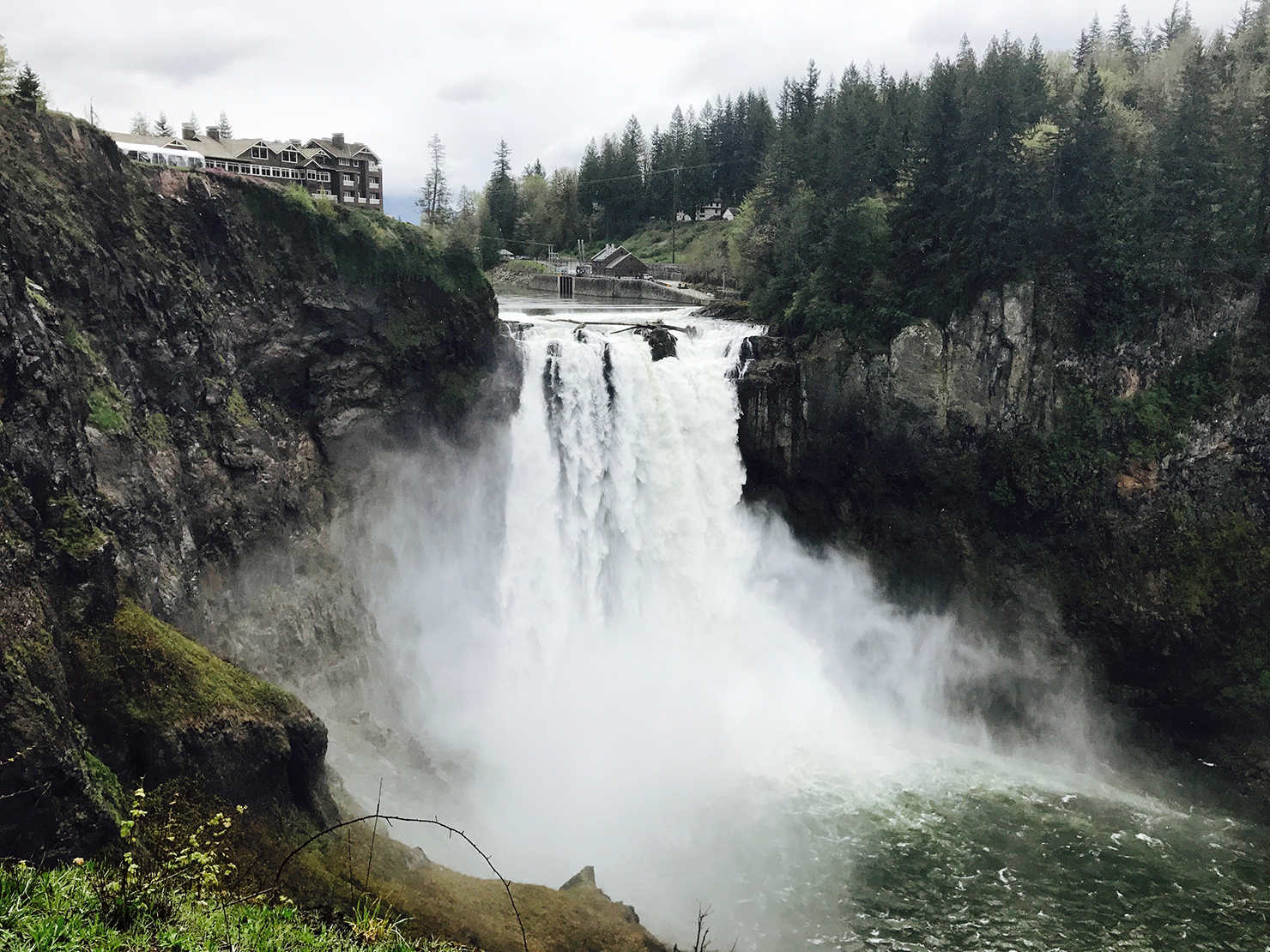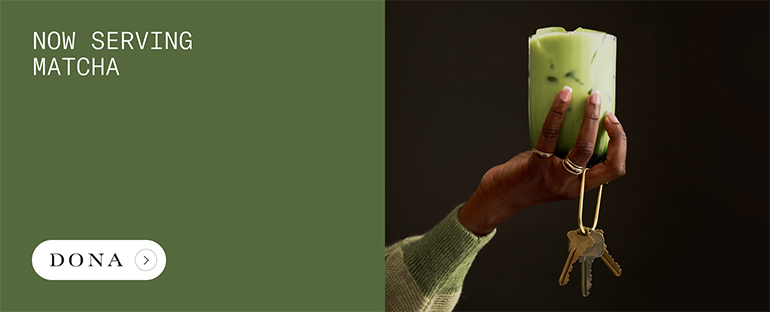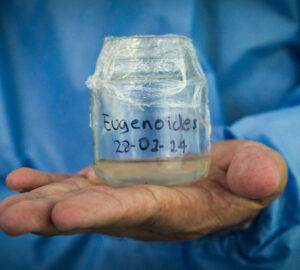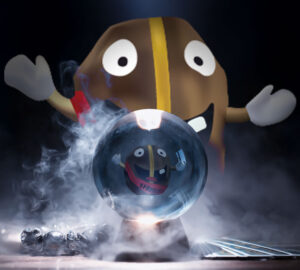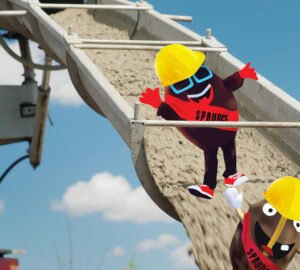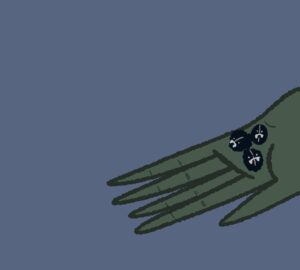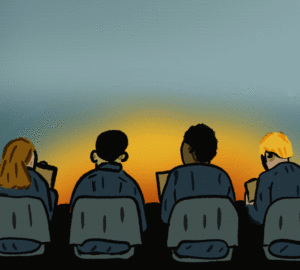For $8 at Wild Hare Vintage store, I purchased a glossy illustrated map in full color from store owner Iya, a former public servant and lawyer who had just months ago started running the shop. I had intended only to buy an 8-track tape of “Dueling Banjos”, the theme from the movie Deliverance. I don’t have an 8-track player, but I thought the tape would look nice next to my VHS copy of Titanic. Iya and I chatted about the life in California she abandoned to move to Washington and once she figured out why I was in town, she offered the map. It was all there: The Great Northern on Railroad Avenue, the Packard Sawmill just a short drive from that, and the Double R Diner east toward the forest. In the bottom right corner of the map, there was a greeting that I foolishly took as a promise: “Welcome to the Real Twin Peaks.”
I ventured to Twin Peaks in search of answers to lingering questions about the residents of the mountain town. Was Special Agent Dale Cooper, my fashion icon, still possessed by BOB? Did Audrey Horne survive the explosion at Twin Peaks Savings and Loan? Does the Log Lady still have the same log? I was coming from Seattle and had to cross all the way east to reach the site of the “Welcome to Twin Peaks, Pop. 51,201” sign that served as an eerie beckoning to enter a town where murderers, adulterers, and demons ran rampant. When I arrived at the sign’s location, however, there was nothing there. I had prepared for a perplexing and macabre experience, but without the aid of Google Maps, how could I have possibly known that I was in Twin Peaks without a sign welcoming me there?
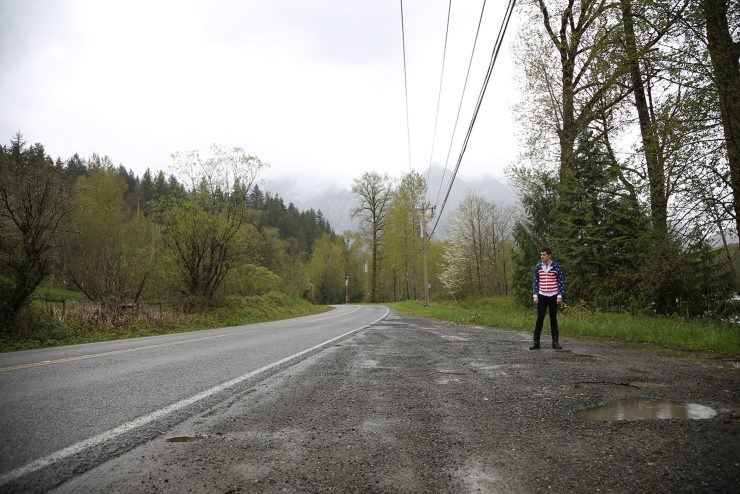
As I went further west, I discovered that Twin Peaks was not the name of this town. Rather, it was called North Bend, Washington and had been since 1909. This concerned me a bit, but as someone who claims to be from Chattanooga, Tennessee when I actually grew up in nearby community Hixson, I figured this was just a bit of confusion about town names. Sure, North Bend was the town proper, but Twin Peaks must have been North Bend’s unincorporated but far more substantial and mysterious community. While walking to the Double R Diner, I asked a town resident where Twin Peaks technically was.
“Well,” she said, exasperated, “They filmed some of the show here.”
Show? What show was she talking about? I don’t recall Invitation to Love being filmed in Twin Peaks. I thought better of correcting her as she was the first indication that I had actually arrived in Twin Peaks, a place where people are a little off and don’t necessarily say what they mean. I arrived at what the map said was the Double R Diner and stood staring at a sign that said Twede’s. What the hell was Twede’s? Further deepening the mystery, the interior of the diner had signs indicating that it was, in fact, the Double R, but there were just as many references to the place being named Twede’s. Perplexed and a little upset, I sat down and waited for Norma Jennings to slink in my direction and serve me coffee and pie.
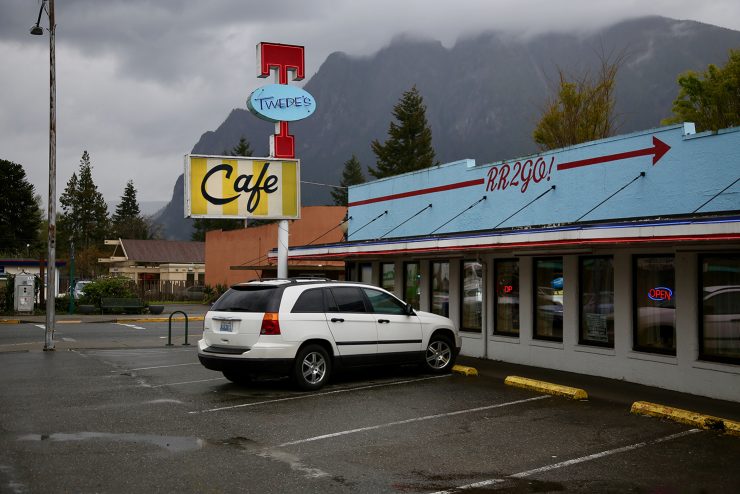
To my extreme dismay, Norma in her crisp and form-fitting uniform never arrived. Instead, a person called Betty greeted me in comfortable attire: black t-shirt and jeans. Though I yearned for Norma, I dare not ask Betty where she was. My previous interaction with a townsperson had proved that the residents of Twin Peaks have a tenuous grasp of the truth. I ordered a coffee and a slice of cherry pie that I had been assured was worth a stop. I sat in front of a small doll who wore the blue Double R uniform. I cocked my head slightly to the side and wondered if I could trust her.
“Where am I?” I asked her. “How will I know when I’ve arrived? Is the truth in that cherry pie?”
She stared back at me and told me with her little black doll eyes that if she’d had the answers, she wouldn’t share them with someone like me. Betty, amiable but mostly all-business, brought me the coffee and cherry pie. Agent Cooper’s philosophy had been to start the morning with “two cups of good, hot, black coffee” like the ones at the Double R. Upon first taste, I was reminded of the righteousness of the diner coffee of my youth, but could I really slam two cups of this every day and would it help me solve murders? And did the Double R or Twede’s or whatever the hell it was serve a cherry pie “that’ll kill ya?” I found myself disappointingly alive after eating my slice.
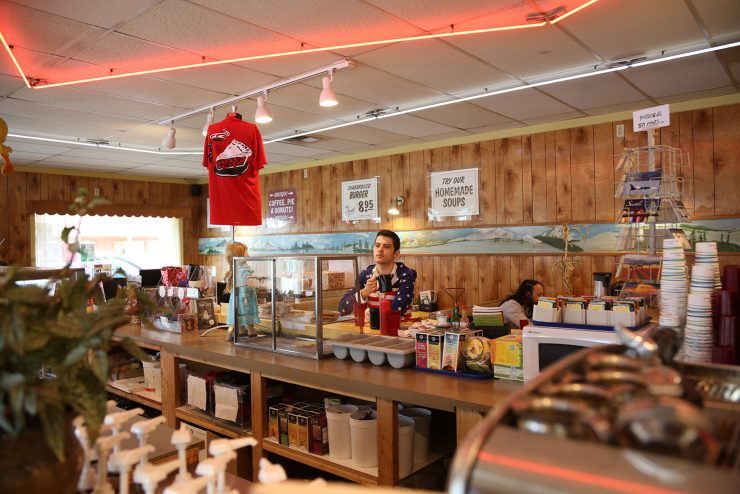
Hopped up on perfectly fine, if not purposeful coffee, I rushed over to the Great Northern in hopes that Benjamin Horne’s hotel would give the damn fine cup of coffee I longed for to solve the mysteries of Twin Peaks and my heart. On the way, I caught sight of an enormous log that, while majestic, was caged. How could it have something to tell me if it was trapped like that? After a mile more of anguished driving, a valet took my car at the Great Northern; only it wasn’t the Great Northern of Twin Peaks at all. It was the Salish Lodge of Snoqualmie, Washington. Had I passed through Twin Peaks on the way and not realized it?
The Salish lodge had none of the sinister feel I expected from the Great Northern; instead, there was a gift shop. The first thing to catch my eye was a log pillow, which I desperately needed. My disappointing Twin Peaks experience thus far called for some sort of security blanket. I rested my head on it as I sipped a cup of coffee from the lodge’s restaurant. Stale. Not damn fine at all.
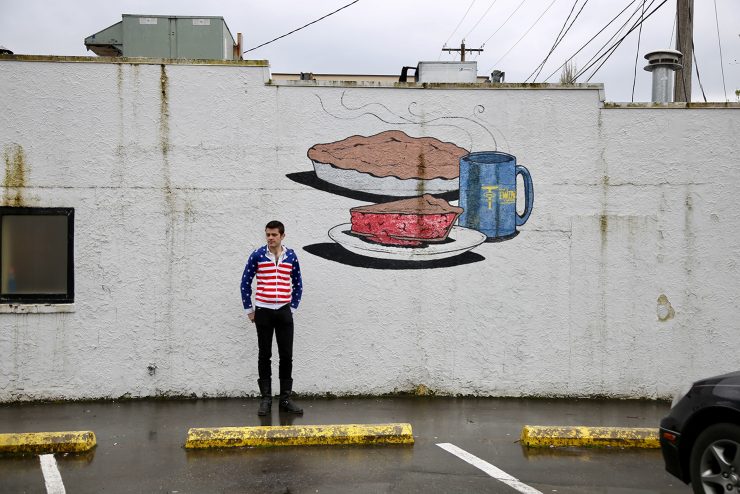
Deflated, I visited a few more spots on the map with similarly disheartening experiences. The Packard Sawmill has all but disappeared with much of the land being used as a rally racing circuit. The waterfall by the Great Northern was beautiful, for sure, but there were no dead bodies floating in the river below. The Roadhouse was not a place where you saw ethereal singers and waited to score drugs and prostitutes, but rather a family restaurant where they served a coffee that tasted as though a fish had been in the percolator.
“The Real Twin Peaks” was not real at all. Or maybe it was too real? I had expected to confront the mysteries that had haunted me for decades. Laura Palmer had said she’d see Agent Cooper in 25 years, and I took that to mean that she would be waiting for me when I arrived and would tell me all about the horrors of living and dying in the peculiar town of Twin Peaks. But horror was not a demon possessing a man and forcing him to murder his own daughter. It was normalcy. It was waking up every day, going to work, and coming home. It was being married for decades with your eyes never wandering toward the waitress in the light blue dress. It was drinking not a damn fine cup of coffee, but a coffee just like you’d get at any other diner in America. Most of all, it’s looking down at that pillow, then looking ahead and saying, “My log has nothing to tell you.”
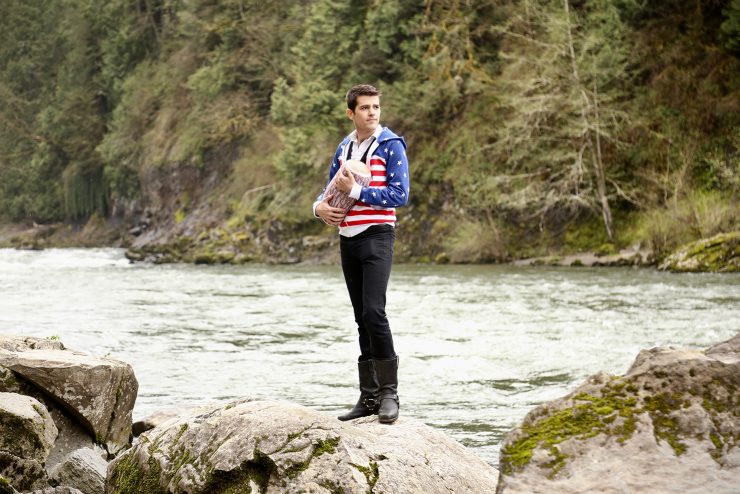
Eric J. Grimm is a Sprudge contributor based in Manhattan. Read more Eric J. Grimm on Sprudge.
Photos by Zachary Carlsen for the Sprudge Media Network.
